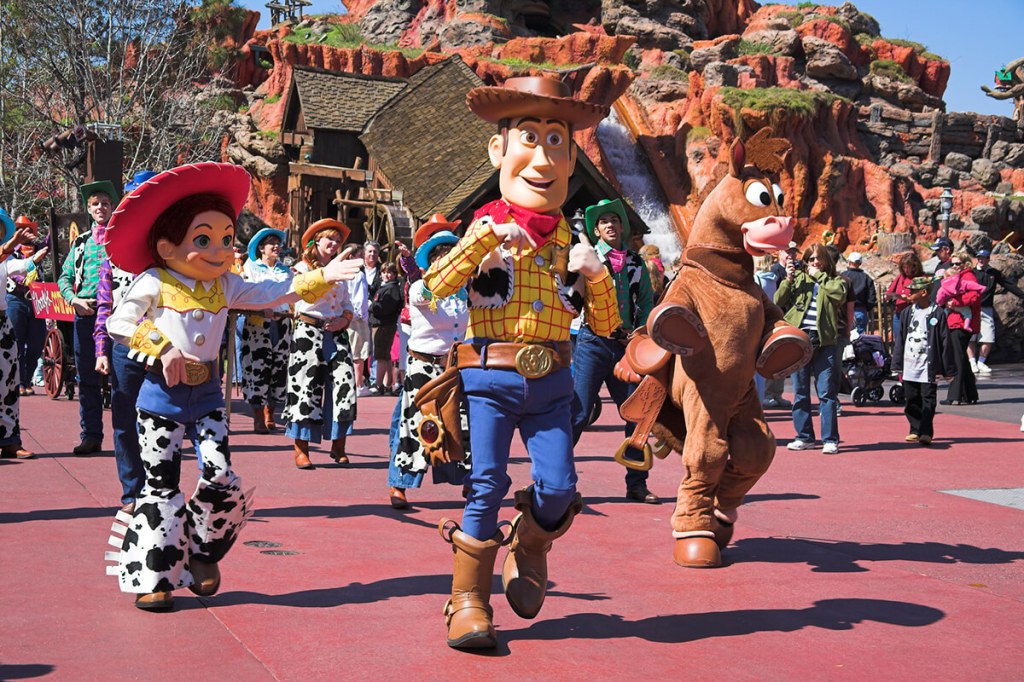“Bad Boy: My Life On and Off the Canvas” by Eric Fischl

Although he protests celebrity and asserts that art should triumph over an artist, 65-year-old Eric Fischl must be enjoying the attention he’s getting because of Bad Boy: My Life On and Off the Canvas (Crown). He’s back in the public eye. Certainly, the book’s title is a draw: it comes from Fischl’s (“my most famous and most notorious”) 1981 painting of a vaginally exposed female lying on a bed being watched by a young boy with a hand hiding her bag behind his back—the whole piece bathed in venetian blind streaks of sepia and sunlight. But the phrase “Bad Boy” is now ascribed to him, summoning up expectations of recollections of mad times past. The memoir does acknowledge days of alcohol, cocaine and riotous living, when Fischl was “contemptuous of all authority.” The acclaimed landscape painter April Gornik, who married Fischl after living with him for years, describes him in his earlier days as a “hilarious, wild party animal.” Indeed, the opening pages show him “hammered,” driving away from a Whitney retrospective bash.
Though Bad Boy does contain admissions of occasional out-of-control behavior and misjudgments, it’s not a tell-all account of moral delinquency. In fact, it seems pretty tame or selectively silent on the sensational front and sensitively protective of Gornik. At times, Fischl’s meteoric rise to fame seems to surprise even him—he was a late starter, taking an art class at Arizona State Community College because “no one failed art.” He had been graced with a somewhat privileged childhood in Port Washington, but was generally aimless. He says more than once that the abiding theme of his life and work is “redemption.” What Bad Boy does provide in unapologetic and fascinating detail are Fischl’s opinions on other artists, particularly those whose work he dislikes and that eclipsed his own in the marketplace.
If Bad Boy is a book to read, it’s because of what it summarizes, analyzes and critiques about art in the last decades of the 20th century. It began as the “crazy idea” of Fischl’s co-author and tennis partner, journalist Michael Stone, whose first thought was to do “a social history of art,” not a biography. He had heard “yarns” about CalArts (the unconventional California Institute of the Arts, founded in 1961), and when he heard more from Fischl, who had attended CalArts in the early ’70s, he concluded that there was a “great story” to pursue. He convinced the articulate but somewhat reticent Fischl to open up. Ross Bleckner, who met Fischl at CalArts, said Fischl was not a bad boy then, but like so many art students at the time, a “scared boy.” Admittedly, Fischl would mask feelings of uncertainty with provocative paintings on taboo themes in changing America.
Working in close collaboration with Stone, Fischl proves himself to be an informed and effective advocate of his own work: subject matter, motive force (traumatic childhood) revisions, assessments. Though Robert Enright and Arthur Danto covered much of the information in Bad Boy in their work on Fischl, the memoir impresses with its relaxed prose and easy references to philosophies of art. Fischl’s knowledge of art history and his keen eye in studying first hand iconic work in museums may surprise those who infer from his middle-class psycho-sexual narratives only pop-art exorcised inner demons. Bad Boy is persuasive evidence of the extent to which Fischl worked over his canvases, teasing out new ideas, new techniques. It’s also an admirable, if occasionally petulant, put-down of the changing art scene which, for him, meant going from adulation, money and fame in the ’80s, the rock star of the Mary Boone Gallery, to “not making the cut” in the ’90s, with the arrival of the likes of Julian Schnabel, Jeff Koons and Damien Hirst, whose work Fischl bluntly says he despises.
Besides being a chronological review of his life, which was forever scarred by the erratic behavior and suicide of his alcoholic mother when he was 22 (among various repetitions in the book, these work), Bad Boy includes comments about Fischl by his siblings, his wife, other artists and celebrities who became friends, including Steve Martin, Mike Nichols and John McEnroe. Is Eric Fischl America’s “foremost narrative painter?” He says he wants to be remembered for his art and that the business of marketing his work eludes him. He is mindful that some prices may be too high. “Given no other choice, I would make my paintings for free.”
Fischl will be signing books at the Hampton Library in Bridgehampton on August 2 at 5 p.m.



